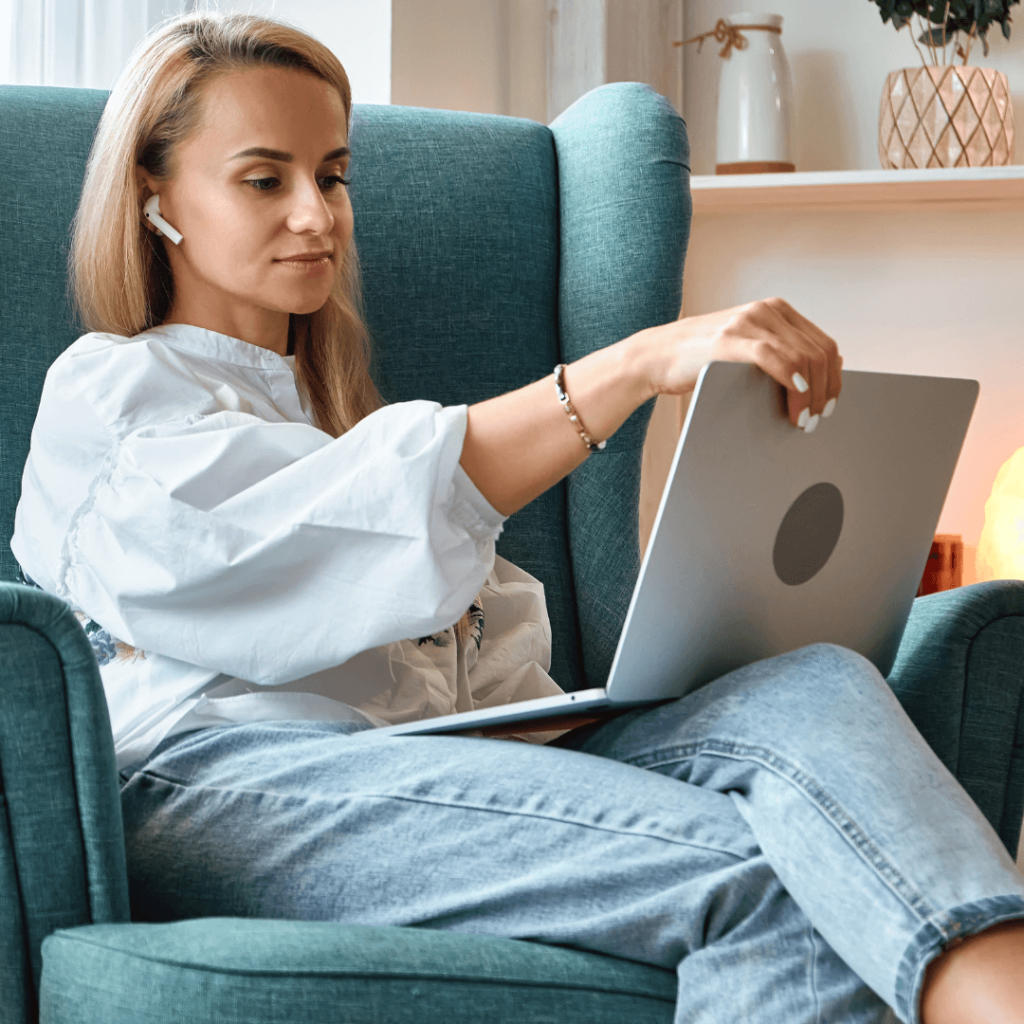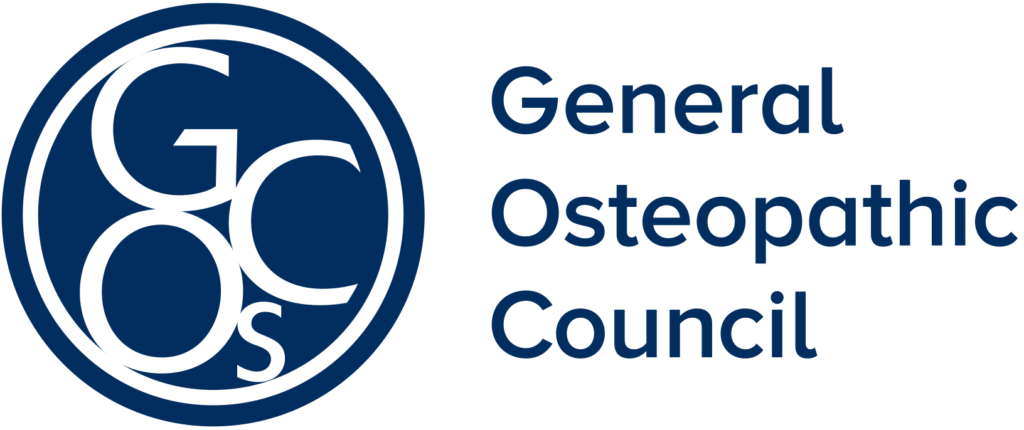Knee Pain – Osteopathy Treatment in Dubai
Knee pain can put everyday activities on hold. The knee is the biggest joint in your body, connecting the thigh bone (femur) to the shin bone (tibia) and supporting your weight. It plays a key role when you stand, walk, run or jump, so pain here can seriously affect mobility. Our Dubai clinic provides natural, hands-on osteopathic care to relieve knee joint discomfort and get you moving comfortably again
Book a Consultation
EXCELLENTTrustindex verifies that the original source of the review is Google. Always a good experience with Thomas and the team! 😃Trustindex verifies that the original source of the review is Google. As someone who frequently refers clients for specialised care, I can confidently say that Thomas is an exceptional osteopath, particularly for pre and postnatal women and their babies. I've consistently received positive feedback, highlighting his expertise and gentle approach. Thomas possesses a deep understanding of the unique physiological changes during pregnancy and the challenges new mothers face. He's incredibly adept at addressing common pre and postnatal discomforts, helping alleviate pain, improve mobility, and support overall well-being. He has an ability to calmly assess and gently treat babies for issues ranging from feeding difficulties to colic, providing great support. I wholeheartedly recommend Thomas. He's a true asset to the well-being of families.Trustindex verifies that the original source of the review is Google. Really experienced dedicated Osteopath with a wide range of manual approaches and consistently looking to upgrade his skillset.Trustindex verifies that the original source of the review is Google. Thomas is a highly professional osteopath with a great in depth knowledge and experience. He has treated my entire family of four for several years. Managed to solve quite some old joint issues from intensive wear and tear of sports. Can only recommend his service and his great personality.Trustindex verifies that the original source of the review is Google. Went to Thomas for a lower back pain and he was fantastic in solving my concerns. He is really gentle and I felt comfortable. Will definitely recommend him for anyone looking for an Osteopath!Trustindex verifies that the original source of the review is Google. Thomas took great care of me and my family. Highly recommended.Trustindex verifies that the original source of the review is Google. Thomas is an excellent Osteopath who use an integrative approach to his treatment with excellent technique in a gentle and safe manner. I highly recommend ThomasTrustindex verifies that the original source of the review is Google. Thomas is well regarded and runs a professional clinic. He ensures continuous professional development and learning to keep skills up to date.
Knee Anatomy and Biomechanics
The knee is a complex hinge joint made of three bones: the femur (thigh bone), tibia (shin bone), and patella (kneecap). These form two articulations: the tibiofemoral joint (femur-tibia) and the patellofemoral joint (femur-patella). Tough cartilage covers bone ends to cushion movement. In particular, two wedge-shaped menisci (fibrocartilage pads) sit between femur and tibia, absorbing shock and stabilizing the knee.
Ligaments (bands of connective tissue) hold the knee together. The side-to-side collateral ligaments (MCL on the inner knee, LCL on the outer knee) prevent excess side-to-side movement, while the crossed cruciate ligaments (ACL at the front, PCL at the back) control forward-backward stability. Powerful muscles also surround the knee: for example, the quadriceps in front and hamstrings at the back work to extend and flex the leg. These muscles, tendons and ligaments must work in balance for smooth knee biomechanics. Any imbalance or injury to these structures can lead to knee pain.
TAKE YOUR STEP TOWARDS OPTIMAL HEALTH

Thomas Wynn-Jones
BSc, BOst, Registered Osteopath UK & UAE
About Thomas
Meet Your Expert Osteopath in Dubai
Thomas Wynn-Jones is a seasoned osteopath in his 20th year of practice, he was trained at the British School of Osteopathy (now the University College of Osteopathy) and registered with the General Osteopathic Council in the UK plus the DHA in Dubai. He specializes in providing holistic healthcare solutions for patients of all ages, including sports injury management. His diverse expertise covers various osteopathic approaches, such as cranial, structural, and visceral osteopathy. Thomas’s dedication extends to treating a range of conditions, from low back and neck pain to pregnancy-related discomfort, babies, animals and headaches.
Common Causes of Knee Pain
Knee pain can arise from many different conditions. Typical causes include:
Patellofemoral pain syndrome (anterior knee pain)
Pain around the kneecap (patella), often due to overuse or misalignment of the patellofemoral joint. This “runner’s knee” pain worsens with activities like running, climbing stairs or prolonged sitting.
Osteoarthritis
Degenerative arthritis of the knee. Over time the cartilage between the femur and tibia wears away, causing the bones to grind together and produce pain and stiffness. Osteoarthritis is the most common source of knee pain in older adults.
Meniscal injuries
Tears of the meniscus cartilage are common knee injuries, especially in sports. A sudden twist or turn can tear the meniscus, leading to pain, swelling and difficulty bending or straightening the knee.
Ligament sprains/tears
The knee ligaments (ACL, MCL, LCL, PCL) can be stretched or torn by trauma or sports injury. For example, the anterior cruciate ligament (ACL) is the most commonly injured knee ligament. An ACL tear typically causes a “pop” and instability, requiring rehabilitation or surgery. Medial (MCL) and lateral (LCL) ligament strains from twisting or impact can also cause sharp knee pain.
Runner’s knee (Iliotibial band syndrome)
An overuse injury in which the iliotibial band (a tight tendon running along the outer thigh) rubs on the outer knee. This causes aching or sharp pain on the outside of the knee, especially in runners or cyclists, due to friction and inflammation.
Referred pain
Sometimes knee pain actually comes from the hip or lower back. For example, hip osteoarthritis or a tight hip muscle can produce pain felt in the front of the thigh and knee. A pinched nerve in the lumbar spine (L2–L4 levels) can also send pain signals down to the knee. It’s important to identify such “referred” causes so that treatment can target the true source of pain.
TAKE YOUR STEP TOWARDS OPTIMAL HEALTH
TAKE YOUR STEP TOWARDS OPTIMAL HEALTH
Our Holistic Osteopathic Approach
Thomas Wynn-Jones the Osteopath, will likely treat knee pain by considering the whole body and biomechanics. Osteopathy emphasises how each part of the musculoskeletal system affects every other. For instance, an imbalance in your pelvis or an old ankle injury can change how you walk and place extra stress on your knee. We therefore assess your posture, gait, spinal alignment and pelvic position as well as the knee itself, to find the root causes of your pain.
Based on this assessment, our treatment may include multiple hands-on techniques:
Joint mobilisation and articulation
Gentle movements applied to the knee joint to improve range of motion, reduce stiffness and promote healing. These gentle stretch-and-release techniques help the femur, tibia, fibula and patella move more freely.
Soft tissue and myofascial release
Deep inhibition and myofascial release techniques reduce the tone of tight muscles, tendons and connective tissue around the knee and hip. By releasing muscle tension (for example in the quadriceps or IT band), we relieve pressure on the knee joint and improve blood flow.
Postural and pelvic realignment
Correcting poor posture or pelvic tilt so that weight is distributed evenly through both legs. For example, if one hip is higher, it can twist the leg and strain the knee. By realigning the pelvis and spine, we ensure the knee tracks correctly during movement.
Neural mobilisation
If nerve irritation contributes to your pain, we use neurodynamic techniques (nerve gliding techniques) to gently mobilise nerves such as the sciatic or femoral nerves. This can reduce pain referred from the back into the knee.
These combined treatments are all drug-free and gentle. By treating the biomechanical cause of knee pain – not just the symptoms – our goal is long-term, natural knee pain relief. As the Better Health osteopathy guide notes, properly aligned joints allow the body to heal itself more effectively.
If knee pain is limiting your life, don’t ignore it. Our Dubai clinic on Al Wasl Road (Al Bada’a) serves patients across the city, including Jumeirah, Downtown, DIFC, Satwa, Al Wasl, Al Safa and Business Bay. Thomas Wynn-Jones is a fully qualified osteopath with 20 years experience treating/helping patients, offering personalised care for knee problems. Book a consultation today to start your journey to pain-free knees and improved mobility.
Practicing At
Browns & Co
343 Al Wasl Rd – Al Bada’a – Dubai – United Arab Emirates
Tel: +971 4 273 1555
Call or Contact
Tel/WhatsApp: +971 50 533 3669
Frequently Asked Questions
Can an osteopath help with knee pain?
Yes. Osteopaths are trained to diagnose the source of joint pain and use hands-on techniques to treat it. Through gentle joint mobilisation, soft-tissue work and exercise advice, osteopathy can reduce inflammation and restore normal knee function. Osteopathic treatment focuses on realigning the body and easing muscle tension, which often provides lasting knee pain relief without drugs or injections.
What is knee osteoarthritis?
Knee osteoarthritis is a “wear-and-tear” condition in which the cartilage lining the knee joint gradually thins. As the cushioning cartilage wears down, the femur and tibia bones start rubbing together. This causes stiffness, swelling and aching pain during activities like walking or climbing stairs. Osteoarthritis typically affects people over 50, but our osteopathic treatments can help manage symptoms at any age.
How is runner’s knee different from patellofemoral pain syndrome?
These terms sound similar but involve different structures. Runner’s knee (IT band syndrome) causes pain on the outside of the knee due to irritation of the iliotibial (IT) band. By contrast, patellofemoral pain syndrome causes pain around the kneecap (front of the knee). In PFPS the patella may be tracking unevenly in its groove, whereas runner’s knee is from a tight tendon rubbing over the outer knee. Treatments differ slightly, but both benefit from osteopathic assessment of biomechanics and treatement.
What are the common causes of knee pain?
Common causes include:
- Osteoarthritis (degeneration of knee cartilage)
- Meniscus tears from twisting
- Ligament strains/tears (ACL, MCL etc.)
- Patellofemoral syndrome (kneecap pain)
- Iliotibial band (IT) syndrome – a type of runner’s knee
- Referred pain from the hip or spine (e.g. hip arthritis or lumbar disc issues).
When should I see an osteopath for knee pain?
If your knee pain is persistent, worsening or affecting your daily life, it’s wise to seek expert help. According to health guidelines, you should consult a healthcare provider when knee pain doesn’t improve after a few days or if it limits movement. Early osteopathic treatment can prevent chronic issues by identifying the true cause (not just treating symptoms) and putting you on the path to recovery.
Ready for relief? Book a knee pain consultation in Dubai today. Our clinic at 343 Al Wasl Rd (Al Bada’a) is ready to help you regain pain-free movement with expert, holistic osteopathy.
Request an Online Consultation
A solution to request a specialist consultation, directly from your home, with your smartphone or PC .

REGISTERED WITH

